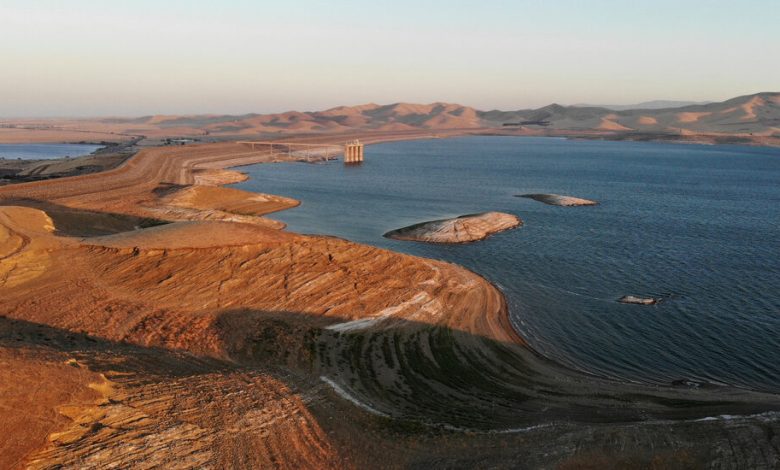California Allows Wastewater to Be Recycled Into Drinking Water

California officials on Tuesday voted to allow wastewater from showers and toilets to be purified into drinking water as the state braces for years of drought-induced shortages.
The rules, adopted by the State Water Resources Control Board, made California the second state, behind Colorado, to allow agencies to harness a water source that residents have largely been flushing away for generations. Already, officials in San Diego, Los Angeles and Santa Clara are preparing to build water purification systems that could supply drinking water to hundreds of thousands of households.
Many areas in the parched West already use treated wastewater for outdoor irrigation or to replenish underground aquifers, where water is further cleansed as it percolates through the soil. But the idea of sending treated wastewater directly to homes has long struggled to overcome an ick factor in California. Opponents first denounced the process as “toilet to tap” in the 1990s when proposals surfaced in the Los Angeles suburbs.
But in the decades since, advances in water purification technology have emerged, while public opposition has softened as climate change has strained and disrupted the water supply in California, the nation’s most populous state.
“This is an exciting development in the state’s ongoing efforts to find innovative solutions to the challenges of extreme weather driven by climate change,” said E. Joaquin Esquivel, the chair of the water resources board. He added that “these regulations ensure that the water produced is not only safe, but purer than many drinking water sources we now rely on.”
More than 39 million people live in California, and the demand for water to sustain them — and the nation’s largest agriculture industry — has shaped the state’s history. Although violent winter storms saturated much of the state during the past year, California had been suffering from an extreme drought that scientists said included the driest three-year period on record. The push to exploit every drop in the state’s aquifers, rivers and reservoirs has only escalated under the pressures of climate change.
Water regulators spent more than a decade developing the rules on wastewater recycling, but they had faced a Dec. 31 deadline under a state legislative mandate. The vote, which was unanimous, followed years of review, including an evaluation by a dozen outside scientists and engineers.
The newly permitted system allows recycled wastewater to be brought up to drinking standards in a matter of hours and pumped directly back into pipes that supply homes, schools and businesses with drinking water, according to state officials. The new rules do not require water agencies to adopt direct potable use, but will allow those willing to invest in the necessary infrastructure to submit plans for state approval after the regulations are finalized next year.
Mr. Esquivel observed on Tuesday that residents who live downstream from larger cities already rely on some water that has been treated and returned to rivers. And Felicia Marcus, a longtime water policy expert in California and Mr. Esquivel’s predecessor as board chair, noted that water-scarce places, such as in Africa and on the International Space Station, already recycle their wastewater. She called the vote a “historic milestone for climate resilience.”
“Right now, we are sending rivers of highly treated wastewater to the ocean at a time when both our Colorado River supplies and Sierra supplies are likely going to be subject to more frequent and drier droughts,” she said.
Ms. Marcus said that two water recycling projects in Southern California will be among the world’s largest when completed. One effort in Los Angeles will be able to supply up to 30 percent of the city’s water, she said.
“Today’s landmark approval is a real breakthrough,” said Sean Bothwell, executive director for California Coastkeeper Alliance. “It’s time for us to stop the practice of using water once and throwing it away.”





